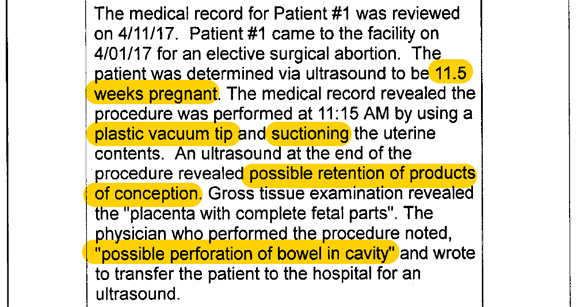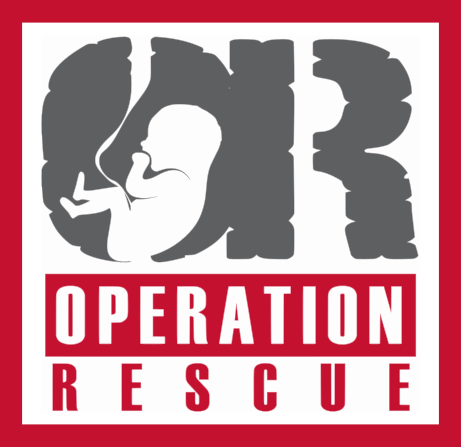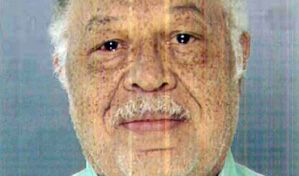
Capital Care Network abortion facility in Toledo, Ohio, where a woman
was seriously injured during an abortion on April 1, 2017.
By Cheryl Sullenger
Toledo, OH – The Ohio Department of Health (ODH) is seeking to impose a fine of $40,000 against Capital Care Network, an abortion facility in Toledo, Ohio, after a complaint inspection found five “serious licensure violations” related to a mishandled abortion-related medical emergency on April 1, 2017, according to documents obtained by Operation Rescue.
This fine is particularly significant since the Capital Care Network is expected to argue before the Ohio Supreme Court tomorrow that hospital transfer agreements are unnecessary and place an “undue burden” on women seeking abortions.
“These documents, along with photographs and eye-witness accounts, actually demonstrate an urgent need for enforcement of the hospital transfer agreement provision. It is critical to the safety of women that the state immediately shut down Capital Care Network for their deceptive and dangerous practices that endangered the life of their patient then tried to cover it up,” said Operation Rescue President Troy Newman.
One day after Operation Rescue published a report and video detailing how the abortion emergency was mishandled, it received documents from the ODH in response to a four-month old public records request that supported Operation Rescue’s account of that incident and shed further light on the nature of the patient emergency and the callous attitude of the abortion business staff toward their critically injured patient.
According to a letter from ODH Director Lance Himes and an attached inspection report, on April 11, 2017, ODH representatives inspected the Capital Care in response to a complaint submitted on Operation Rescue’s recommendation by a pro-life activist who witnessed the April 1 incident.

Those inspectors reviewed the chart for “Patient 1” and interviewed staff members, including “Staff A,” a “patient advocate” who drove Patient A and her “significant other” to the Toledo Hospital emergency room in her private vehicle and dropped them off before returning to work.
The inspection report indicated that Patient 1 was 11.5 weeks pregnant when she reported to the Capital Care Network for a suction abortion using a plastic vacuum tip. An ultrasound revealed possible retained tissue, but after an inspection of the aborted baby remains, staff reported that they found “placenta with complete fetal parts.” The unnamed abortionist noted in Patient 1’s chart, “possible perforation of bowel in cavity,” then ordered that she be “transferred to the hospital for an ultrasound.”
In order for a bowel to be perforated by a plastic vacuum tip during an abortion, it would require the uterus to be perforated first. The combined uterine and bowel perforations are life-threatening injuries.
Capital Care Network failed to send the patient’s medical records to the hospital with her, according to the inspection report. That left emergency room personnel in the dark about the patient’s treatment and condition, thus disrupting the continuity of care requirement that applies to all medical professionals.
This likely delayed emergency care to the seriously injured patient.

Capital Care Network employee Schuyler Beckwith, displaying a radical leftist “anarchist feminism” sign.
Beckwith coldly responded, “I guess the Doctor didn’t feel it was that much of an emergency.”
An eye-witness told Operation Rescue that an African-American woman was brought out the back entrance of the abortion facility and loaded into Beckwith’s Ford Focus during the April 1 incident. The woman was doubled over in pain and walked only with assistance. Another eyewitness saw Beckwith drop off the woman and her companion at the Toledo Hospital emergency room entrance before driving back to the abortion facility.
The inspection report noted five serious violations identified by the Department of Health:
• Failure to ensure the Medical Emergencies policy was implemented as written;
• Failure of staff to document and review the event;
• Failed to document and review all adverse events as part of its Quality Assurance program;
• Failed to ensure that the patient transported to the hospital was accompanied by her medical record;
• Failure to provide the patient with discharge instructions upon leaving the facility.
“It is obvious that Capital Care wanted to conceal the fact that they utterly botched an abortion then downplayed the seriousness of a perforated bowel in order to hide the facts from the Ohio Department of Health. They had a motive to lie in court documents about their supposed lack of complications and their emergency policies, since the ODH is trying to shut them down over their lack of hospital transfer agreement,” said Newman. “These are people who cannot be trusted one iota to tell the truth, but can be counted on to endanger their patients’ lives in order to cover up their dangerously shoddy practices.”
Capital Care Network attorneys requested a hearing on the $40,000 fine in a faxed letter to the ODH dated September 7, 2017.
They are also set to appear before the Ohio Supreme Court on September 12, at 9 a.m. for oral arguments in the state’s attempt to enforce licensing requirements, including the hospital transfer agreement provision, that Capital Care Network cannot meet. If successful, Capital Care Network would be forced to close.
“If there was ever a case in favor of the hospital transfer agreement for abortion facilities, this is one,” said Newman. “It proves that everything we have been saying about the shoddy treatment inflicted on women experiencing abortion complications is true, and that abortionists will stop at nothing – even placing the lives of their patients at risk – to hide botched abortions so they can claim abortion safety laws are unnecessary. That claim couldn’t be farther from the truth.”
Read the Letter of Intent to Fine and the inspection report.
Read Operation Rescue’s original report on the April 1 mishandled medical emergency.





